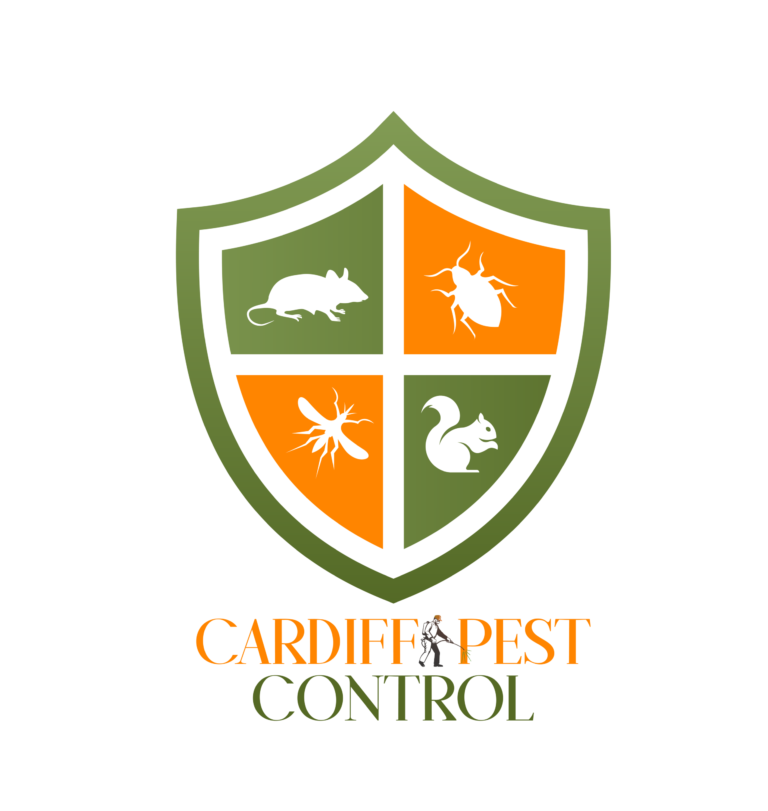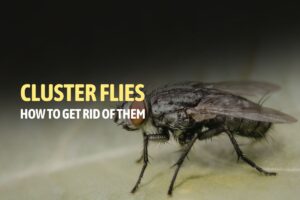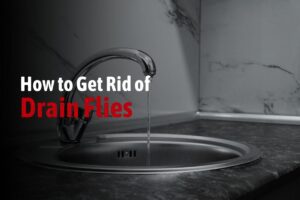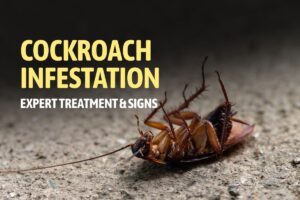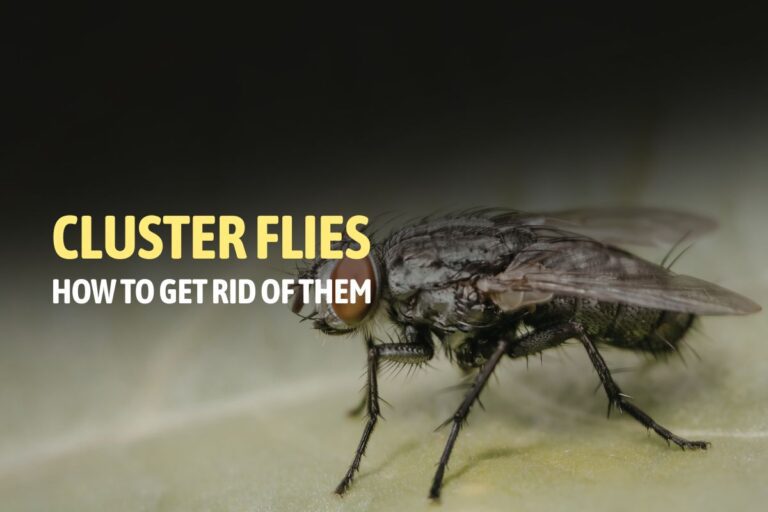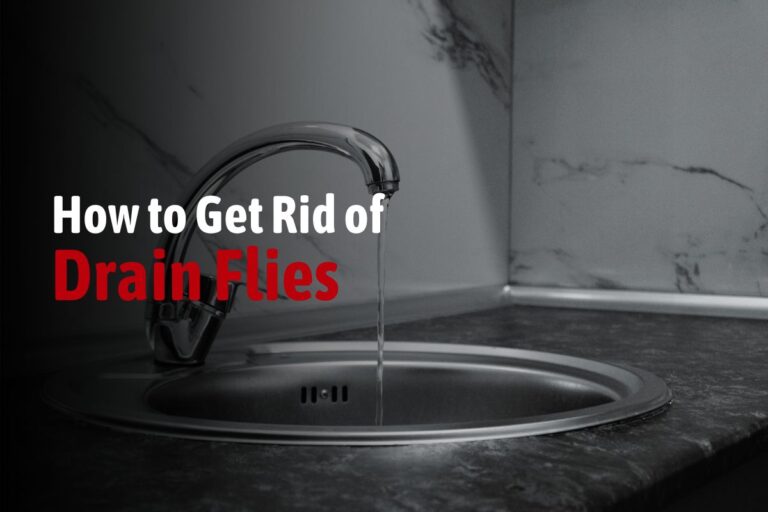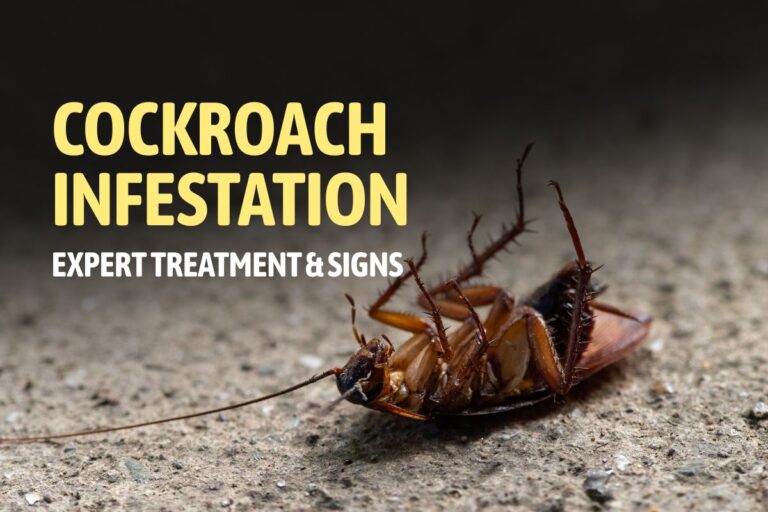Table of Contents
ToggleBirds are beautiful to watch in gardens and parks, but when they choose your roof or loft as their nesting site, they can create serious challenges for homeowners. From noise and mess to structural damage, bird nesting inside properties is a problem many residents in Cardiff and across the UK face each year.
The good news is, there are safe and humane bird control methods that can help you prevent birds from nesting in your roof space. In this blog, we’ll cover:
- Why do birds nest in roofs and lofts?
- The dangers of allowing birds to stay.
- The legal considerations before removing a nest.
- Effective bird proofing methods you can use at home.
- When to call in professional bird control services in Cardiff.
By the end, you’ll know exactly how to stop birds nesting in your property while respecting UK laws and protecting your home.
Why Birds Nest in Roofs and Lofts
Birds often select roofs and lofts because these spaces mimic natural nesting environments such as cliffs or dense trees. Modern houses provide them with:
1. Shelter and Safety
Roofs with gaps in tiles, eaves, or soffits make perfect hiding places. Birds see these areas as safe from predators and weather.
2. Warmth and Comfort
Loft insulation creates a warm, dry environment, ideal for raising chicks.
3. Proximity to Food Sources
Urban gardens, compost bins, and food waste often attract pigeons, starlings, and sparrows to residential areas.
If you’ve noticed birds nesting in your loft, it’s not just chance they’re choosing your property because it meets their needs.
Problems Caused by Birds Nesting in Roofs
While birds may look harmless, letting them nest in your roof or loft can create serious challenges for homeowners. What starts as a small nest in the eaves can quickly lead to costly damage and health risks if left unchecked. Here’s why it’s important to deal with the problem early:
1. Structural Damage
Birds are surprisingly destructive when they choose a roof space for nesting. Their droppings are acidic and, over time, can weaken roof tiles, fascias, paintwork, and even metal fixtures. If left, these droppings can eat away at protective surfaces, reducing your property’s durability.
Nesting materials like twigs, feathers, and debris often block gutters, downpipes, and ventilation systems. Once blocked, water overflows and seeps into walls, causing damp patches, leaks, and even internal mould problems. For houses with wooden soffits or fascias, moisture trapped by nests can accelerate decay, leading to costly roof repairs.
2. Health Hazards
One of the biggest dangers of bird nesting is the risk to human health. Bird droppings and nesting material can contain harmful bacteria, parasites, and fungi such as:
- Histoplasmosis: a lung infection caused by fungal spores in droppings.
- Salmonella: which can contaminate surfaces and food.
- Psittacosis: a bacterial infection spread through inhaling dried droppings.
In addition, parasites like bird mites and ticks often live in nests. Once birds leave, these pests may move indoors, biting humans and pets.
Inhaling dust particles from dry droppings in a loft space can cause respiratory problems, especially for those with asthma or weakened immune systems.
3. Noise and Disturbance
While some people enjoy birdsong outdoors, it’s a different story when birds are nesting inside your roof. The constant sounds of:
- Flapping wings.
- Chicks calling for food.
- Parent birds flying in and out at dawn.
For families with babies or light sleepers, the noise can become unbearable. In terraced houses, neighbours may also be disturbed, leading to complaints. This is why bird proofing lofts and eaves is as much about peace of mind as it is about protecting your property.
4. Fire Risks
A lesser-known but very real danger of bird nests is fire. Birds often bring in large amounts of dry nesting material such as twigs, straw, and feathers. When these are placed near loft lights, electrical wiring, or extractor vents, they create a significant fire hazard.
In addition, some birds attempt to nest in chimneys or flues, which can block airflow and lead to smoke backing into your home. This not only increases the risk of fire but also raises the danger of carbon monoxide poisoning.
5. Secondary Pests
Bird nests rarely come alone. They provide an ideal environment for pests such as:
- Mites and lice: which bite humans and pets.
- Fleas: carried by birds, spreading into carpets and furniture.
- Carpet beetles and moths: which can damage soft furnishings and clothing.
Once these pests are inside your property, they can be much harder to eliminate than the birds themselves. This is why homeowners often notice itchy bites or skin irritation after birds have been nesting on their roof.
Why Bird Proofing Roofs is Essential
When you consider the risks of structural damage, health problems, constant noise, fire hazards, and secondary pest invasions it becomes clear that bird proofing isn’t just an optional home improvement. It’s a necessity.
By acting early with roof bird proofing methods such as sealing entry points, installing bird spikes or netting, and using humane deterrents, you can save yourself expensive repairs and serious health concerns.
Legal Considerations Before Removing Bird Nests
Before you act, it’s vital to understand UK law.
The Wildlife and Countryside Act 1981 makes it illegal to:
- Destroy or remove a nest while it is active (with eggs or chicks).
- Kill or harm most wild birds.
You can only remove nests once they are no longer in use. This means prevention is always better than waiting until birds move in.
For humane solutions, homeowners often turn to professional bird control services in the UK, as they know the correct and legal methods to apply.
How to Stop Birds Nesting: Proven Methods
Here are the most effective ways to stop birds nesting in your roof or loft safely.
1. Inspect and Seal Entry Points
The first step is prevention.
- Look for gaps under roof tiles, broken soffits, vents, and eaves.
- Seal them with wire mesh or durable sealant.
- Pay attention to areas where you’ve seen bird activity.
2. Use Bird Deterrents
Bird deterrents are a simple, non-harmful way to discourage nesting.
- Visual Deterrents: Reflective tape, spinning discs, or owl decoys can scare birds away.
- Sound Deterrents: Ultrasonic devices emit frequencies birds dislike.
- Natural Deterrents: Strong-smelling herbs like peppermint oil may help.
3. Install Physical Barriers
These are long-term solutions to stop birds landing and nesting.
- Anti-Bird Spikes: Ideal for ledges, chimneys, and roof ridges.
- Bird Netting: Prevents access to roof edges, balconies, and solar panels.
- Eave Protection: Mesh covers stop birds from squeezing into roof gaps.
- These roof bird proofing methods are highly effective when installed correctly.
4. Use Roof Repellents
Specialised bird repellent roof tiles and coatings are available. These products make it harder for birds to perch or settle comfortably.
5. Professional Bird Control Services
Sometimes, DIY efforts don’t provide lasting results. Professionals offer:
- Accurate identification of bird species.
- Humane bird control UK methods that comply with the law.
- Long-term prevention strategies, such as advanced netting and deterrent systems.
For Cardiff residents, see our Birds Control Service for expert help.
Humane Bird Control: Why It Matters
When dealing with birds in your roof or loft, it’s important to remember that not all methods of control are acceptable in the UK. Many bird species are protected by law, and harming them or destroying active nests can result in heavy fines. That’s why choosing humane bird control UK methods is the safest and most responsible approach.
1. Protecting the Birds
Humane methods ensure that the birds themselves are not harmed. Instead of killing or trapping, humane bird proofing focuses on:
- Deterrents like spikes, wires, and netting that prevent access.
- Visual repellents such as reflective devices or decoys.
- Roof maintenance solutions that make your loft or eaves less appealing to birds.
These strategies simply encourage birds to move elsewhere, allowing them to nest safely in natural habitats without causing damage to your property.
2. Staying Within UK Wildlife Laws
In the UK, it is illegal to disturb or destroy an active bird’s nest under the Wildlife and Countryside Act 1981. That means you cannot remove nests with eggs or chicks inside. By using preventive methods before nesting season, you stay fully compliant with the law.
Humane solutions, such as sealing entry points in roofs or adding netting to solar panels, prevent birds from starting a nest in the first place. This proactive approach protects both your home and the wildlife.
3. Balancing Home Safety and Animal Welfare
Homeowners often face a tough challenge: wanting to keep their property safe while respecting local wildlife. Humane bird control creates the balance by:
- Protecting your roof, gutters, and loft spaces from structural damage.
- Preventing health hazards from droppings, mites, and parasites.
- Respecting the natural role of birds in the ecosystem.
This balance is exactly why professional pest control companies in Cardiff and across the UK recommend humane deterrents as the first line of defence.
4. Long-Term Effectiveness
Inhumane methods may bring quick results but rarely solve the problem long-term. Birds often return, or new ones take their place. Humane bird proofing, on the other hand, focuses on prevention and permanent solutions, like:
- Netting edges of roofs.
- Installing spikes on ledges.
- Blocking gaps in lofts and eaves.
By removing the conditions that attract birds in the first place, you ensure lasting protection without unnecessary cruelty.
Preventive Roof and Loft Maintenance
Consistent maintenance prevents nesting problems in the first place:
- Regular Roof Checks: Spot broken tiles or openings early.
- Loft Cleanliness: A clean, uncluttered loft is less attractive to pests.
- Protective Barriers: Install mesh or netting as part of routine upkeep.
When to Call the Experts
If you notice ongoing bird activity despite DIY efforts, it’s time to seek help.
Signs you need professionals:
- Birds return every season.
- Property damage (tiles, gutters, insulation).
- Health concerns from droppings or parasites.
Our Other Insect Control Services and Birds Control teams in Cardiff specialise in long-term, legal, and safe bird proofing.
Conclusion
Knowing how to stop birds nesting in your roof or loft is essential for protecting your home from damage, health hazards, and noise. While DIY methods like sealing entry points, using deterrents, and installing barriers can help, the safest and most effective solution often comes from professional services.
For long-term, humane, and effective protection, contact Cardiff Pest Control today. Our team specialises in bird proofing, roof inspections, and pest prevention tailored to homes in Cardiff and surrounding areas.
FAQs
1. What is the best way to stop birds nesting under roof tiles in the UK?
The best way is to seal gaps under tiles with mesh and install anti-bird spikes or netting to prevent access.
2. Are bird spikes on roofs legal in the UK?
Yes, bird spikes are legal as long as they are installed for deterrent purposes and do not injure birds.
3. When is it legal to remove a bird nest from a roof?
You may only remove nests when they are inactive (no eggs or chicks). Active nests are protected by UK law.
4. What attracts birds to roof spaces and lofts?
Warmth, safety, and access to food sources make lofts and roofs appealing to birds.
5. Do solar panels attract birds, and how can I stop them?
Yes, solar panels offer shelter. Installing Solar Panel Bird Proofing prevents pigeons and other birds from nesting underneath.
